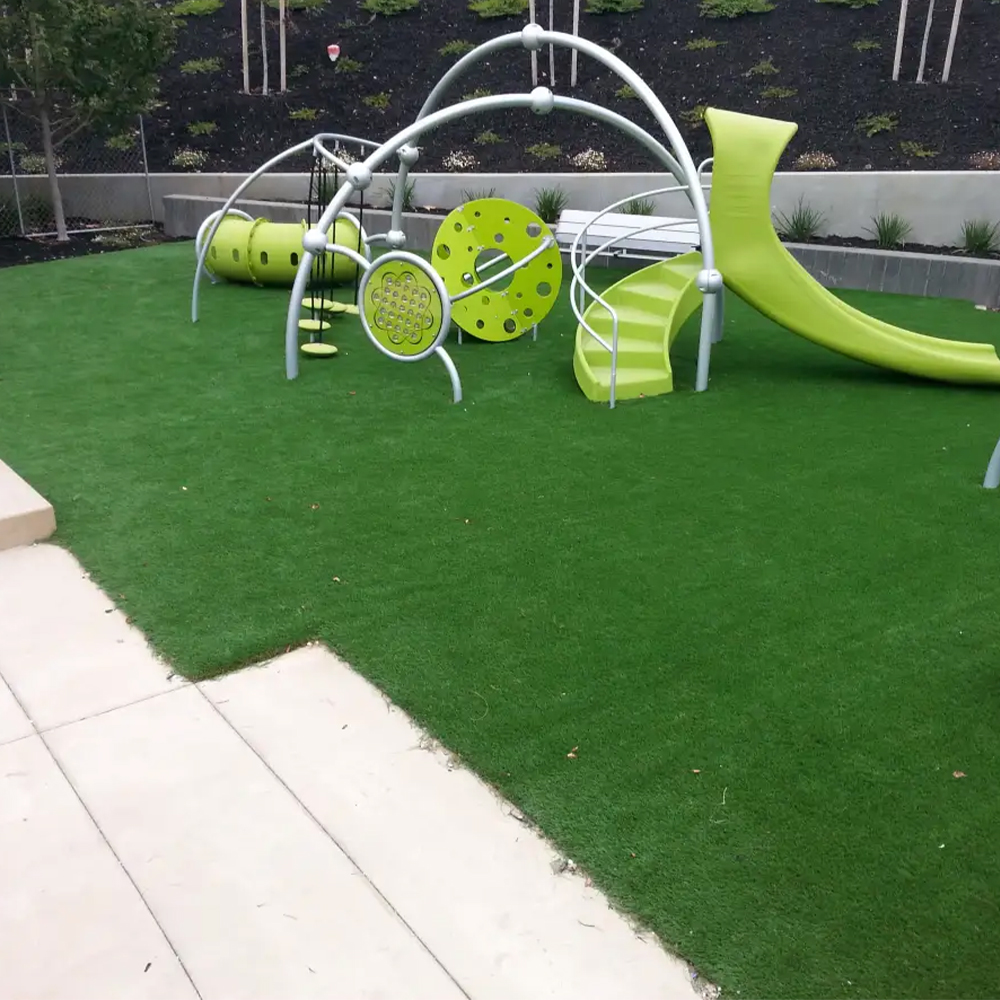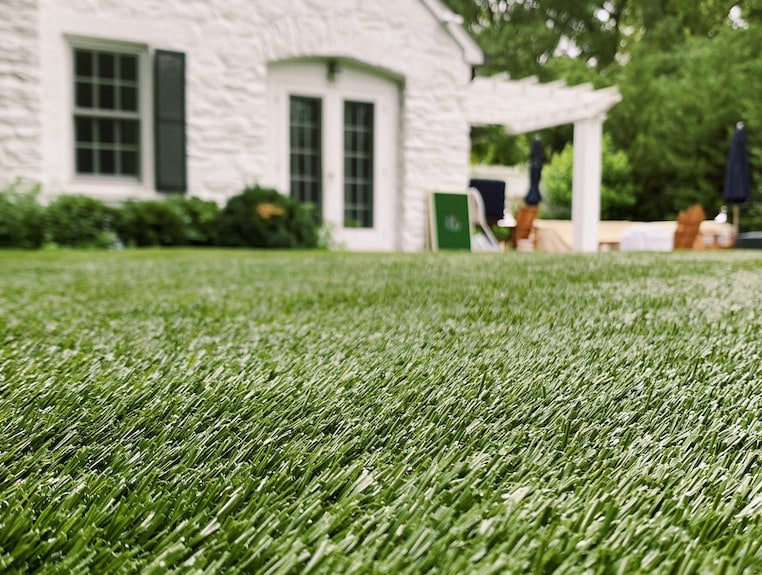Enjoy a Ideal Lawn with Arizona Artificial Turf for Any Outdoor Space
Delve Into the Environmental Benefits of Opting for Artificial Grass Solutions
The fostering of fabricated turf solutions provides an engaging chance to resolve pushing ecological obstacles. By significantly lowering water use and lessening the application of harmful chemicals, these options not just advertise lasting landscape design however additionally shield regional ecosystems.
Water Conservation Conveniences
Among the most substantial advantages of synthetic grass is its capacity to save water. Traditional lawn yards call for considerable irrigation, especially in locations prone to dry spell or water constraints. In comparison, fabricated turf does not require watering, significantly reducing the overall demand for water sources. This feature is especially valuable in arid regions where water shortage is a pressing worry.
By removing the requirement for regular watering, fabricated lawn adds to sustainable landscape techniques and aids minimize the environmental effect of excessive water intake. In addition, the preservation of water includes the decrease of drainage, which can lead to soil erosion and waterway contamination.
In addition, the installation of synthetic grass allows municipalities and home owners to allot water sources extra effectively, concentrating on important uses such as drinking water and farming. The shift towards synthetic grass not just advertises accountable water usage but also straightens with wider environmental objectives targeted at maintaining natural sources.
As areas increasingly focus on sustainability, the water conservation benefits of synthetic grass offer a compelling situation for its adoption in business and residential landscaping projects.
Decreased Chemical Use
The shift to artificial grass dramatically reduces the dependence on chemical treatments typically made use of in natural grass upkeep. Traditional turf monitoring commonly entails the application of herbicides, pesticides, and plant foods to promote growth and control bugs. These chemicals can pose risks to human health, local wild animals, and the atmosphere, adding to dirt and water contamination.
On the other hand, artificial grass removes the demand for these unsafe materials. As soon as installed, it needs marginal upkeep, primarily being composed of routine cleansing and occasional infill replenishment. This reduction in chemical usage not just profits the instant setting however additionally adds to wider ecological security. By reducing the release of synthetic compounds into the environment, synthetic grass advertises much healthier dirt and water systems.
Furthermore, the lack of chemical drainage associated with synthetic grass setups aids secure local rivers from contamination, sustaining water life and maintaining biodiversity. Arizona turf. As areas increasingly prioritize lasting techniques, deciding for synthetic grass provides a practical service that straightens with environmental conservation objectives. Through this change, building owners can take pleasure in rich green spaces without jeopardizing eco-friendly health and wellness, leading the means for a more lasting future
Reduced Carbon Footprint

Moreover, the setup of synthetic grass can lead to substantial water conservation. All-natural lawns need significant amounts of water for watering, which not only includes in the carbon footprint associated with water extraction and therapy but also stress regional water resources. In comparison, synthetic grass needs marginal upkeep, requiring no watering, thereby significantly reducing water use and its connected power costs.
Additionally, the durability of synthetic grass contributes to its decreased carbon impact. With a lifespan of as much as 15 years or even more, the requirement for frequent substitutes is decreased, causing less waste and lower energy consumption in manufacturing and disposing of traditional yard alternatives. On the whole, man-made grass provides a lasting his explanation alternative for ecologically aware landscape design.
Habitat Conservation
Environment conservation is a crucial consideration in the debate over landscape design options, particularly when comparing synthetic grass to natural turf. Natural lawn lawns usually need extensive upkeep, including making use of fertilizers, chemicals, and herbicides, which can detrimentally affect regional communities. These chemicals can seep into the soil and rivers, harming native vegetation and fauna and interrupting neighborhood environments.
Artificial grass removes the need for harmful chemicals, thus securing close-by wildlife and maintaining the honesty of bordering environments. The installment of artificial grass can lead to the conversion of previous turf locations right into more biodiverse landscapes, such as pollinator gardens or native plant locations, which can support regional wildlife.
Ultimately, the shift to synthetic grass not just preserves water and reduces upkeep efforts but likewise promotes an extra unified relationship between human activities and the native environment, promoting habitat preservation while doing so.
Long-Term Sustainability
Long-lasting sustainability is a vital consider examining the advantages of synthetic grass over typical lawn lawns. One of the most significant benefits of artificial lawn is its sturdiness; it can last as much as 15-20 years with minimal upkeep, whereas natural grass calls for regular reseeding and replacement. This durability decreases the need for continuous resources, such as water, fertilizers, and chemicals, which are essential for keeping a healthy yard lawn.
Furthermore, man-made turf contributes to a more information reduction in carbon discharges linked with grass treatment equipment. Traditional lawns commonly call for gas-powered lawn mowers, leaners, and blowers, all of which add to air pollution. Arizona turf. On the other hand, fabricated turf removes the need for such tools, advertising a cleaner atmosphere
In addition, the manufacturing of artificial lawn significantly uses recycled products, enhancing its sustainability profile. As manufacturers embrace environmentally friendly practices, the ecological impact of synthetic grass remains to reduce.

Verdict
The fostering of synthetic grass solutions offers substantial ecological benefits, including significant water conservation, lowered dependence on unsafe chemicals, and a reduced carbon footprint. Fabricated grass aids in preserving natural environments by lessening land disruption and promoting long-lasting sustainability through the usage of resilient products. Jointly, these variables underscore the possibility of man-made grass to add positively to ecological health and offer a viable choice to conventional landscaping techniques in an increasingly resource-conscious world.
In contrast, artificial turf does not need watering, substantially lowering the general need for water resources. find out here By minimizing the release of synthetic compounds right into the environment, artificial lawn promotes healthier dirt and water systems.
Furthermore, the setup of synthetic grass can result in substantial water conservation. In comparison, man-made turf needs marginal maintenance, requiring no watering, consequently substantially lowering water use and its associated energy expenses.
